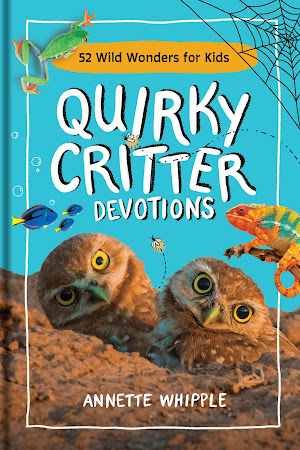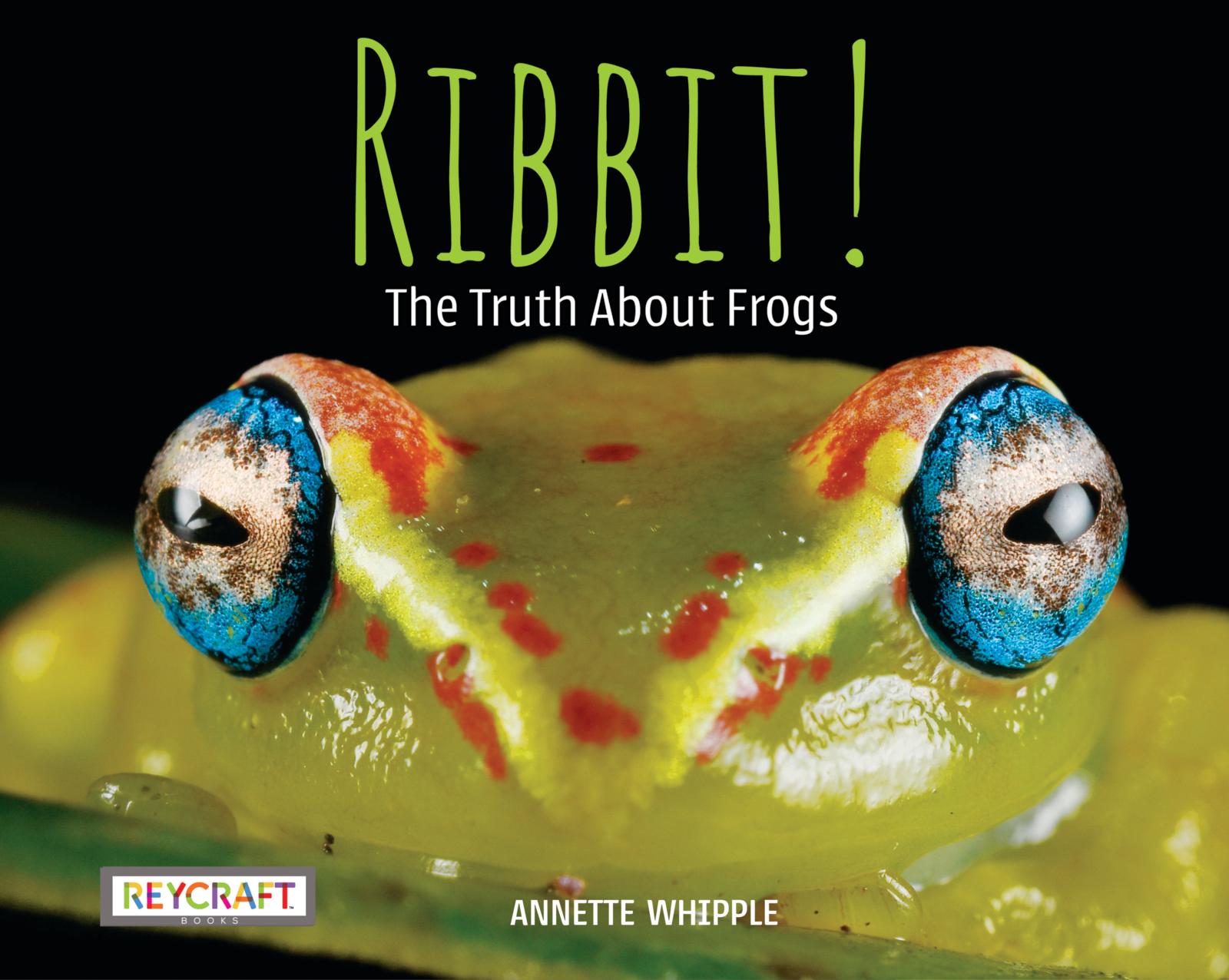To write well takes a lot of work. How we spend our writing time affects our projects. To be the best writer you can be, focus on the ART of writing. That’s…
In the last post, I focused on the importance of accountability as writers. Now, let's look at the R. It's for reading.
We may be writers, but we need to read. We need to read widely, and we especially need to
read in the genre we want to write. And the books we read need to be recently
published. George Orwell’s 1984 might
be relevant today, but it’s no longer a model for writers. Same with classics
like Anne of Green Gables. I love
Lucy Maud Montgomery, but boy was she wordy. Publishers (and their readers) don’t typically buy modern books like that. We return to the classics for
that style--and for fun--but they can’t serve as our mentor texts.
What is a mentor text?
Mentor
texts provide models for us in writing well. Just as teachers use mentor texts
in classrooms to model a book structure for students, writers can do the same. We
can study a book and see what an author did well. If you want to write for a
magazine, you have to know what they print first. You study the magazine. It’s
a mentor text.
As we study mentor texts, we look at the style of writing. We look at the structure. We think about why the author chose those specific words. (Author Kirsten Larson examines a lot of kidlit as mentor texts on her blog.)
But our books are more than words.
Whether
you write Young Adult fantasy, romantic suspense, or middle grade
books, you need to read books in your genre. You might start with award winners
or friends’ recommendations from the past couple of years, but don’t neglect books
that are just coming out now. Mix these books in with books for yourself, too.
Books that you just want to read—or reread!
Once upon a time I blogged nearly every day. Back then I read a lot of
blogs. Some bloggers I related to more than others. They showed me what kind of
blogger I wanted to be—and once in a while I even learned by the examples I
didn’t want to be.
 Before long, I took writing classes. I wrote for a couple magazines. And then in August 2014 I had my first book idea. And it was all because of a mentor text. Granted, I didn't know what a mentor text was, but I knew the companion guide to the Chronicles of Narnia called Roar! would be my model for a manuscript. And that book is The Laura Ingalls Wilder Companion: A Chapter-by Chapter Guide. It'll be a real book in a few short months.
Before long, I took writing classes. I wrote for a couple magazines. And then in August 2014 I had my first book idea. And it was all because of a mentor text. Granted, I didn't know what a mentor text was, but I knew the companion guide to the Chronicles of Narnia called Roar! would be my model for a manuscript. And that book is The Laura Ingalls Wilder Companion: A Chapter-by Chapter Guide. It'll be a real book in a few short months.
But before I sold it, I spent a lot of time reading (before I was even researching). I needed to understand the books that kids were already reading. I needed to see what publishers were doing. Did they use photos or illustrations? How many chapters were included? What kind of back matter options were there? If you write in a different genre, you'll ask different questions, but you should still read mentor texts.
Read to Write Well
 It wasn't until I was reading LOTS of children's nonfiction (and informational fiction) picture books that I figured out what my owl manuscript needed. The more I read, the more I understood my manuscript didn't work--at all. So I started from scratch with the same topic but completely new text. That's how I sold Whooo Knew? The Truth about Owls. It has layers of text. It has humor. It's in question-and-answer format. And, let me tell you. It's going to be beautiful. I didn't have any control over that, but my editor at Reycraft Books had a vision for it.
It wasn't until I was reading LOTS of children's nonfiction (and informational fiction) picture books that I figured out what my owl manuscript needed. The more I read, the more I understood my manuscript didn't work--at all. So I started from scratch with the same topic but completely new text. That's how I sold Whooo Knew? The Truth about Owls. It has layers of text. It has humor. It's in question-and-answer format. And, let me tell you. It's going to be beautiful. I didn't have any control over that, but my editor at Reycraft Books had a vision for it.
Writers need accountability. Writers must be readers. Make time to read if you're serious about your writing career.
And that's what we'll talk about in the next blog post: time. Being a successful writer takes time.

















No comments